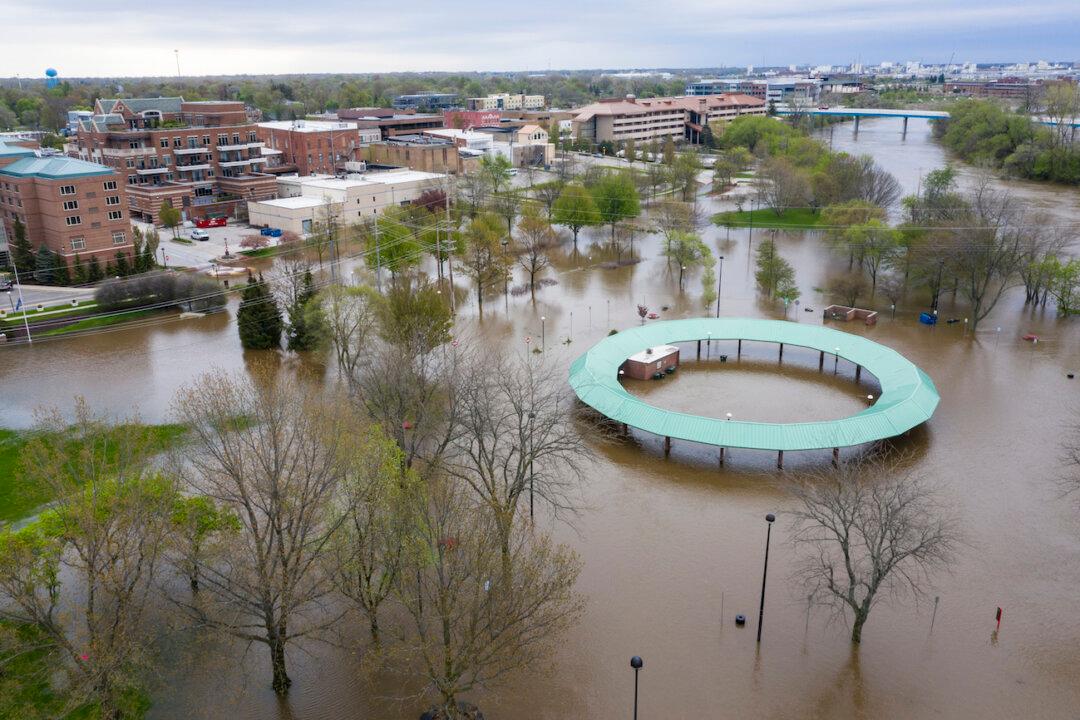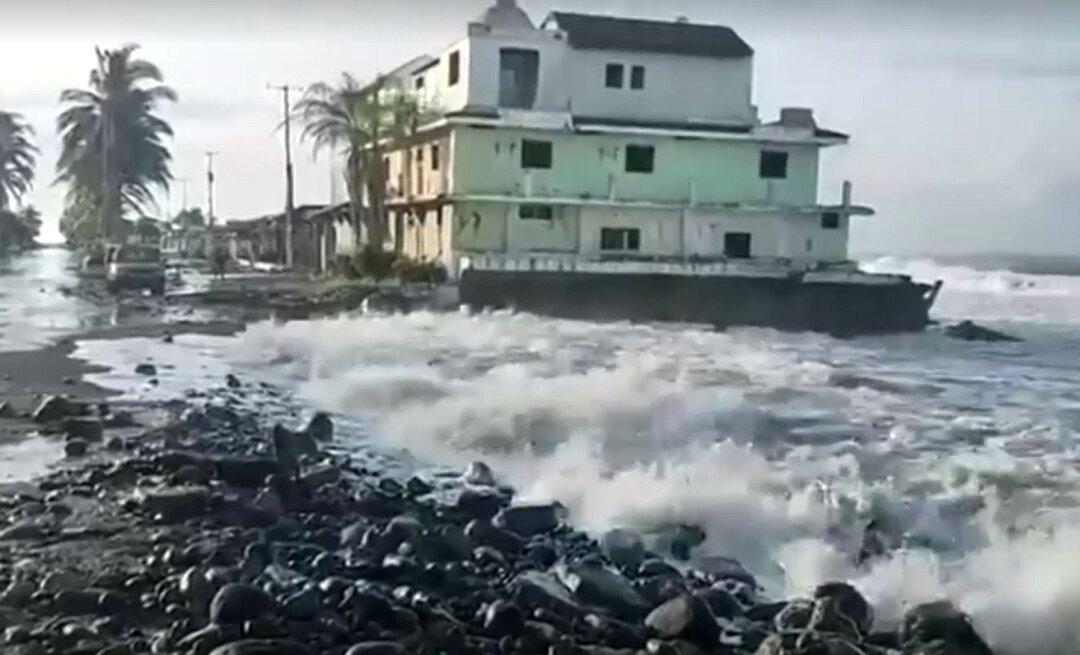Millions more properties than previously known across the United States are at substantial risk of flooding.
Those are the findings of a comprehensive new analysis by the First Street Foundation, a nonprofit research and technology group that experts say has put together the fullest picture yet of the country’s growing vulnerability to flooding.




